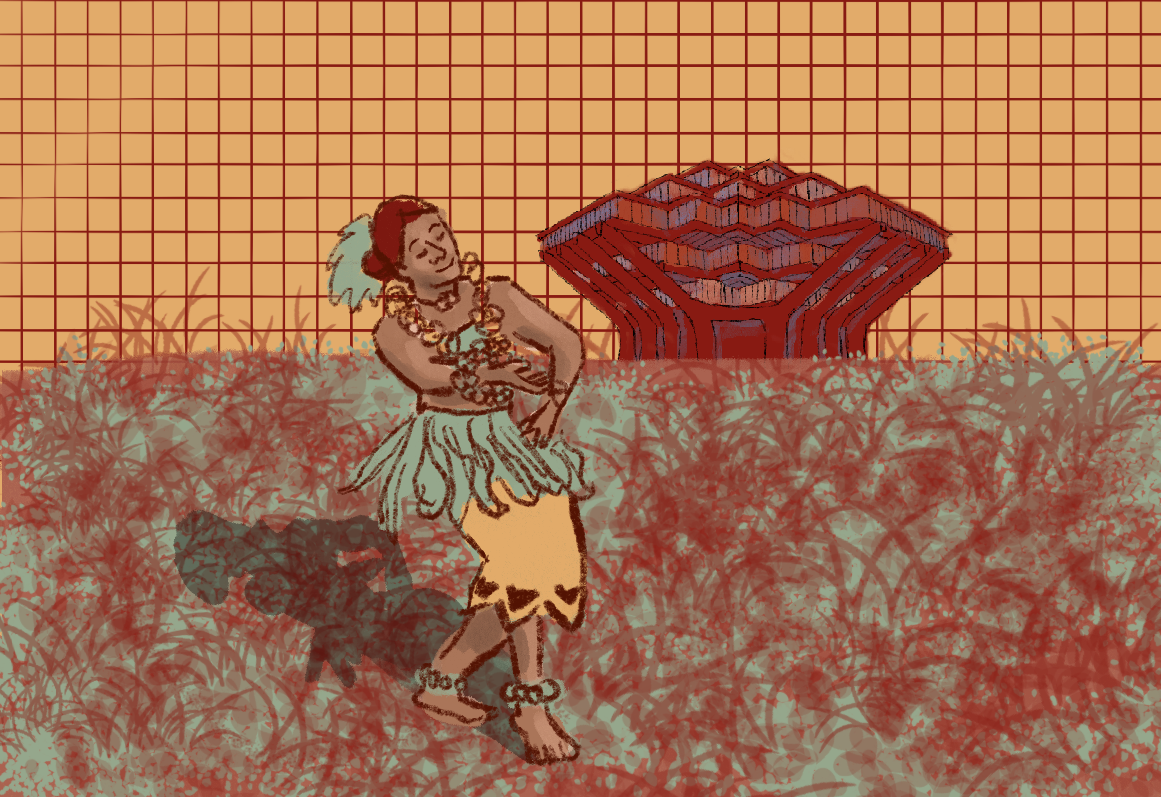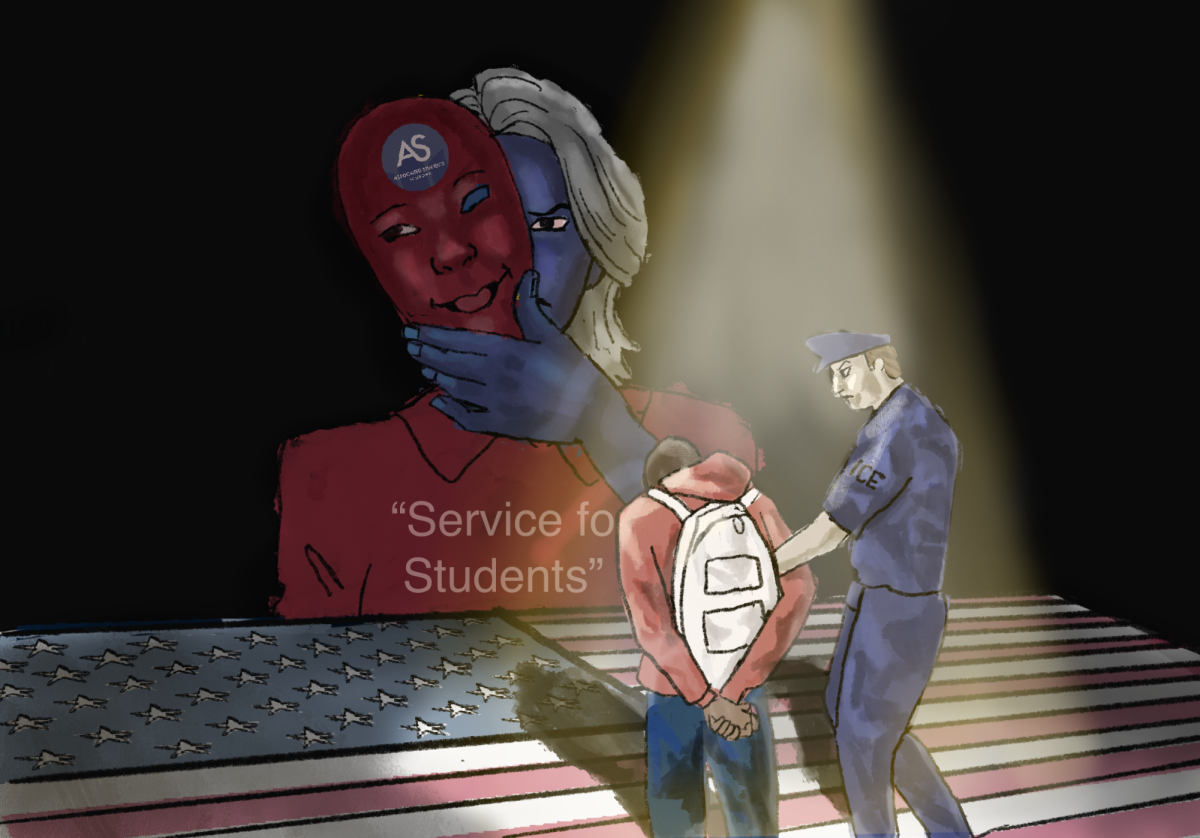
Ever since “Avatar” came out in 3-D, the third dimension has been staging a full-scale invasion. Not only has the blockbuster achieved massive success, but shows like “Arrested Development” have recently advised viewers to grab the nearest set of 3-D glasses.
But making us flinch at the sight of a thrown tomato may not be the end of 3-D’s bag of tricks. Thanks to scientists at the California Institute for Telecommunications and Information Technology, those 3-D images may soon be close enough to touch.
The Heads-Up Virtual Reality device, or HUVR (pronounced “hover”), is at the forefront of augmented reality technology, allowing users to physically interact with virtual environments.
HUVR is similar to phone applications like Layar, which allow users to point a phone camera at objects and have information about those objects displayed on the screen. These claim to be augmented reality, but HUVR’s Design Engineer Greg Dawe claims there is a key difference.
“Without touch feedback, it’s not augmented reality, it’s just regular reality with pictures overlaid on it,” Dawe said.
With HUVR, the user sits at a desk with a semi-transparent mirror in front of them, resting at an angle. The user, through special glasses, can view a 3-D image shown on the mirror. Beneath the mirror is a controller that the user grips and can move around in three dimensions.
When the controller, which is beneath the mirror where the user sees the image, crosses into the image that the user sees, motors provide resistance on the controller, mimicking the feel of whatever the image is showing.
This allows the user to “feel” the image as though it were a real object. In one simulation, a 3-D image of a rib cage is shown and the controller moves smoothly around the 3-D ribs.
There are certain visual cues that the brain picks up on when viewing a virtual reality image, cluing the user into the fact that the image isn’t real.
But the HUVR team found that something unexpected happens when people take orders from the program: They have no problem accepting the computer’s version of reality.
“When you have an avatar issuing commands to the user, they immediately suspend disbelief,” Dawe said.
Integrating the touch interaction — also known as haptics — into the user experience creates the same effect. The controller is telling the user what is there and how it feels, which allows the user to become immersed in the activity.
In addition to the haptic interface, the 3-D system is able to track the movements of the user’s head and adjust the image for the user’s point of view.
“We don’t just look at objects, we can look around them, too,” Dawe said.
In order for an image to seem real, it needs to adjust its position for the little movements of the eyes and head and the changes in rotation and perspective.
The cheapest way to do this is using a computer-controlled infrared camera to recognize several dots placed on a visor worn by the user.
HUVR is a re-imagining of Dawe and co-creator Tom Defanti’s previous brainchild PARIS, which was created 12 years ago at University of Chicago. PARIS, or Personal Augmented Reality Interactive System, was originally created for dental hygiene students, who typically practice their technique on cadavers.
Using PARIS, the students could interact with plaque buildup on virtual teeth and train repeatedly without the cost and drawbacks of working on a dead body.
HUVR technology also has potential in other areas of medicine. Using a controller modified for a particular range of motion, it could help physical therapists rehabilitate clients, as well as handle billing and test patients’ range of motion and strength. In addition, HUVR could be used to examine objects not directly accessible to the user.
“Using the internet, we can interact with people and objects anywhere,” Dawe said. “And if we record it, we can play it back an infinite number of times.”
One main goal of the HUVR project is to make virtual reality affordable. The main drawbacks of the PARIS system included its large size, a $100,000 price tag and its low resolution, since HDTV was neither widespread nor affordable at the time.
With large 3-D HDTVs now widely available, the system can be made much more affordable for the potential user. The most expensive component is the head-tracking portion. Current tracking technology runs from about $5,000 to $20,000 — well out of range for the casual home user. However, even without the head tracking, HUVR is still a heads-up display, or a system that overlays extra information on the viewer’s field of vision. It can project information onto the user’s field of vision, which could be applied for recreational purposes like video games, whose sales accounted for $19.66 billion in 2009.
“We no sooner started showing our HUVR prototype than somebody wanted to put a gun handle on the controller,” Dawe said. “The interest from the gaming industry is huge.”







